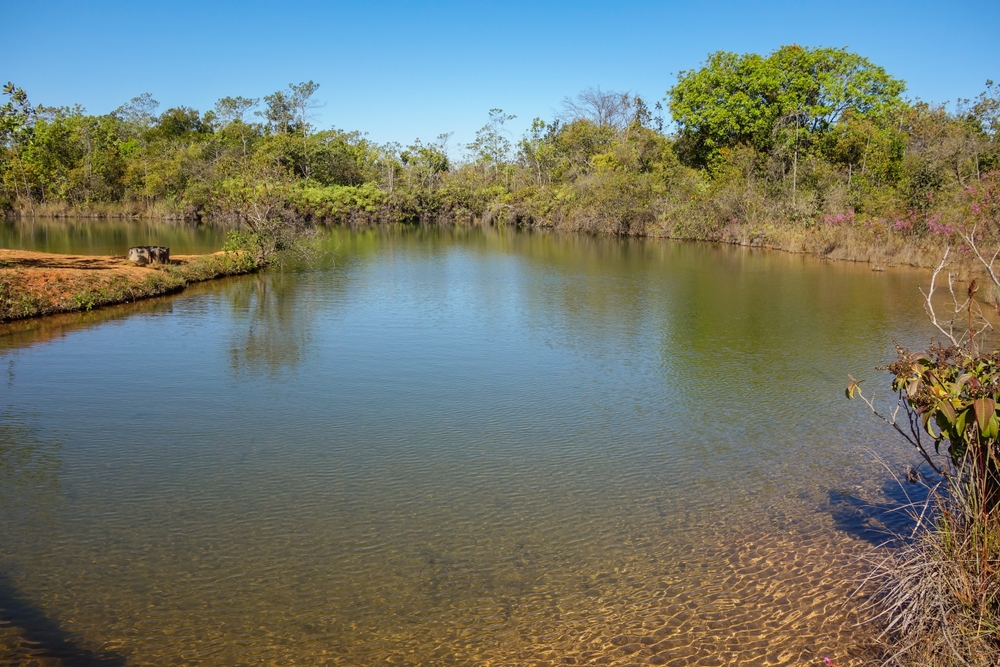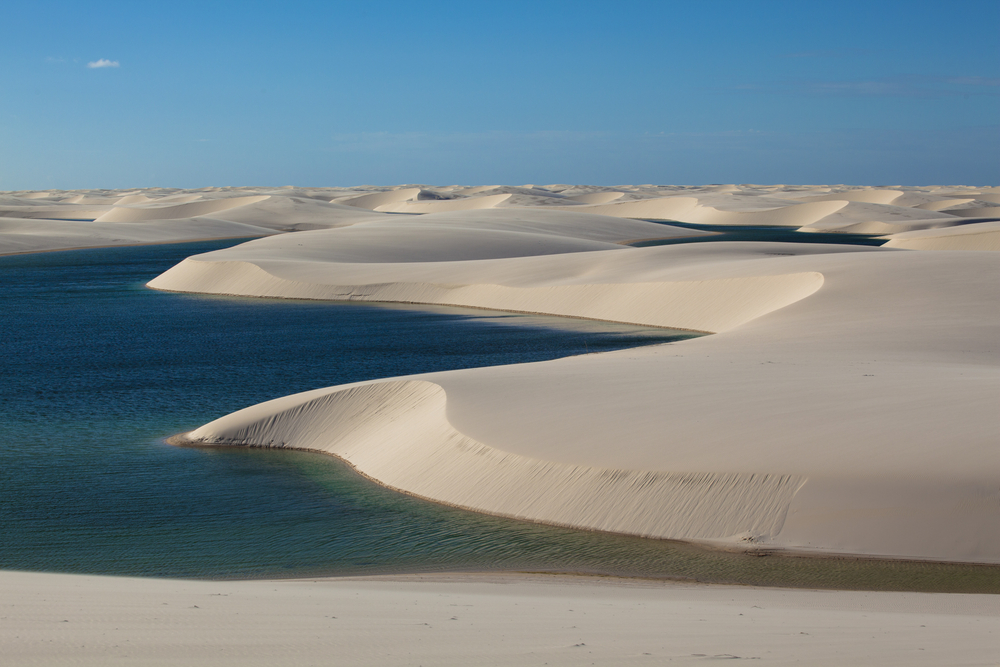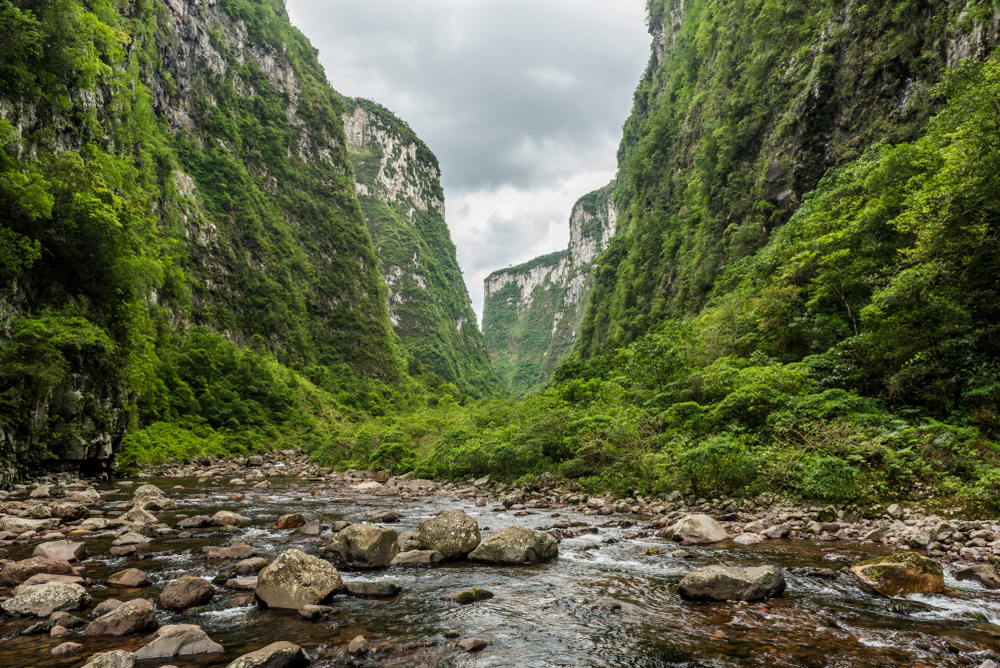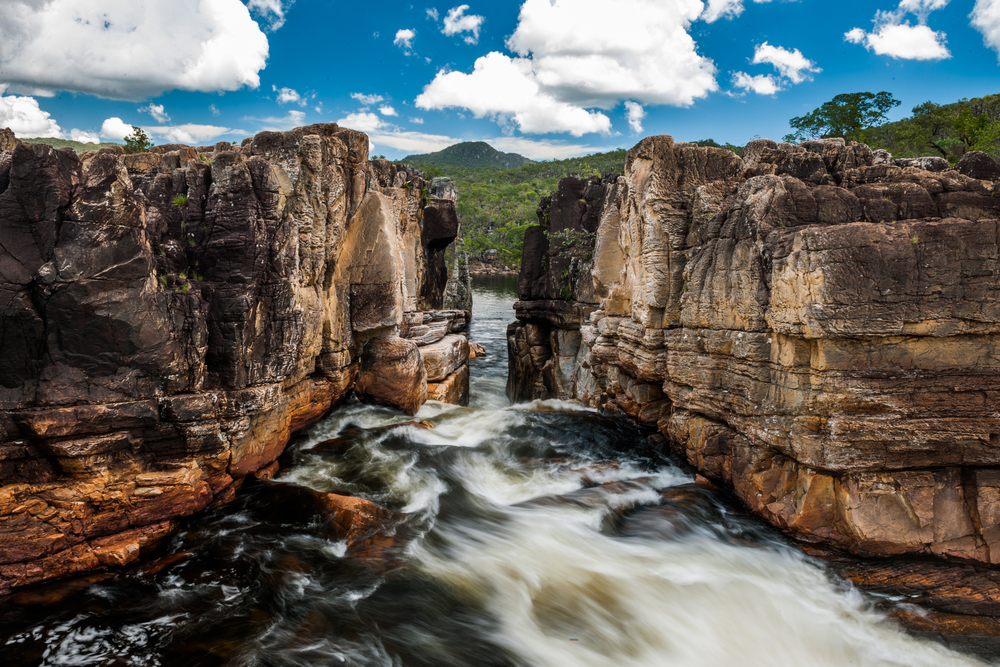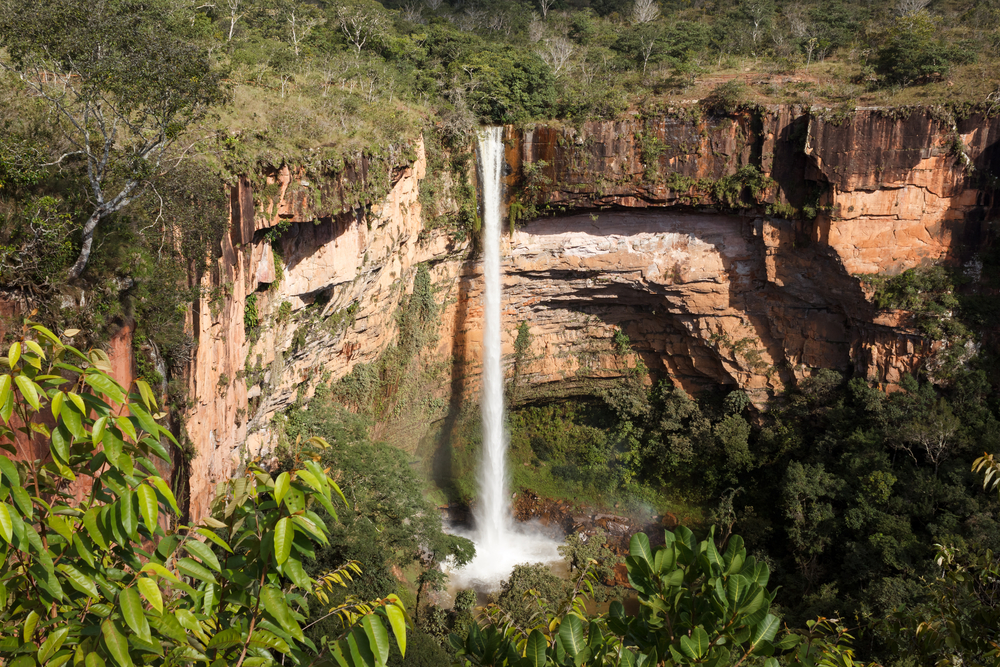Brasilia Overview
Brasília National Park, known locally as Parque Nacional de Brasília, is located in the Federal District of Brazil, just outside the capital city of Brasília.
Covering an area of approximately 162 square miles (420 square kilometers), the park serves as a critical conservation area within the Cerrado biome, one of the most ecologically diverse and threatened ecosystems in South America. Established in 1961, it was created to protect the region’s natural water sources and native flora and fauna while also providing recreational opportunities for visitors.
The park’s landscape is characterized by vast expanses of Cerrado vegetation, including dry forests, grasslands, and gallery forests that grow along watercourses. Its terrain consists of rolling hills, with the highest point being around 3,445 feet (1,050 meters) above sea level.
Numerous rivers and streams originate within the park, most notably the Santa Maria and Torto rivers, which supply water to Brasília. One of the park’s most famous attractions is the Água Mineral pools, a natural swimming area where visitors can cool off in clear, spring-fed waters. Trails meander through the park, leading hikers through different plant communities, offering a closer look at the rich biodiversity of the Cerrado.
Wildlife is abundant in Brasília National Park, providing a refuge for several threatened species. Visitors may encounter large mammals such as the maned wolf, a long-legged canid native to the region, and the giant anteater, known for its bushy tail and long snout. The park is also home to ocelots, armadillos, and various species of deer.
Birdwatchers can spot the blue-and-yellow macaw, toco toucans, and the red-legged seriema, a bird commonly seen foraging on the ground. The park’s wetlands and rivers attract aquatic species, including turtles and fish, while the dense vegetation supports a variety of reptiles and insects, adding to the area’s ecological significance.
Among the park’s most popular features are its well-maintained trails, such as the Capivara and Cristal Água trails, both offering visitors a chance to explore the different ecosystems within the park.
The natural swimming pools at Água Mineral are a major draw for locals and tourists alike, providing a rare opportunity to enjoy fresh, clear water in a protected natural setting. The park is also known for its scenic viewpoints, which offer panoramic vistas of the surrounding landscape, especially at sunrise and sunset.
Visitors engage with the park through hiking, swimming, and wildlife observation, making it an ideal destination for nature enthusiasts and adventure seekers. Guided tours are available for those interested in learning more about the Cerrado’s unique ecology, and educational programs help raise awareness about conservation efforts. Picnicking areas and designated camping sites also allow for more immersive outdoor experiences.
Despite its ecological importance, the park faces several conservation challenges, including habitat loss due to encroaching urbanization and the impacts of wildfires, which are common in the Cerrado during the dry season.
However, successful conservation measures, including reforestation projects and fire prevention strategies, have helped maintain the park’s biodiversity. The park’s role in water conservation is particularly vital, ensuring the sustainability of water resources for Brasília.
Through ongoing management and public awareness campaigns, the park continues to serve as a model for Cerrado conservation while offering visitors a unique and enriching natural experience.








































































